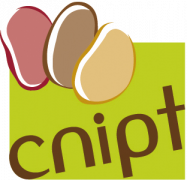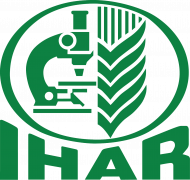Understanding the role of signaling compounds in the regulation of leaf senescence and assimilate remobilization is crucial to optimize potato (Solanum tuberosum L.) yield and quality. This study investigates the effects of different signaling compounds on these processes through two field experiments conducted in 2021 and 2022. The objectives were to determine how the foliar applications of these compounds influence physiological traits and yield under varying planting dates and application frequencies. In 2021, treatments included the frequency of foliar application (one, two, or three times during the bulking stage of the tubers) as the main plot and signaling compounds (control, potassium silicate (PSi), monopotassium phosphate (MPPh), nitric oxide, hydrogen peroxide, EDTA, and ethephon) as subplots. In 2022, the main plots were the planting dates (Early: April 27, Optimal: May 28, late: 28 June), and the subplots were signaling compounds (control, PSi, MPPh, EDTA). The results showed that spraying of MPPh and PSi significantly increased tuber yield, tuber dry matter, tuber starch content, leaf electrolyte leakage, and leaf hydrogen peroxide levels in both years, while decreasing leaf chlorophyll content, SPAD values, and ascorbate peroxidase (APX) activity. Regarding the number of foliar applications assessed in the first experiment, applying the treatments twice increased tuber dry matter, tuber starch content, and leaf hydrogen peroxide levels, while reducing chlorophyll content. Analysis of planting dates revealed that planting at conventional and later dates increased tuber yield, tuber specific gravity, tuber starch content, and APX activity, but decreased the frying evaluation index. This study highlights the importance of signaling compounds, particularly MPPh and PSi, as practical tools to improve potato yield and quality.
Full publication URL















